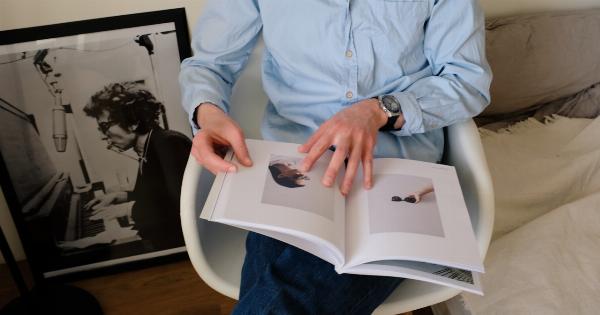Art is a powerful tool that can be used to explore and celebrate diversity in all its forms.
From cultural traditions to individual experiences, art can help us connect with each other on a deeper level and gain a greater understanding of the human experience. In this article, we will explore the ways in which art can be used to promote diversity, inclusivity and wellness.
The Power of Art in Promoting Diversity
Art has always been a tool for people to express themselves and their culture. Cultural heritage can be transmitted through various forms of art such as music, stories, dance and traditional crafts.
By incorporating cultural symbols and themes into their art, artists can create a platform to celebrate diversity and preserve cultural heritage. Art can also be a means of breaking barriers, allowing people from different backgrounds to come together and connect through shared experiences.
For instance, museums and art exhibitions that showcase works from different cultures and backgrounds can promote cross-cultural understanding and empathy.
The Role of Art in Promoting Inclusivity
Art not only celebrates diversity but also promotes inclusivity. Inclusivity means embracing differences and recognizing the value of every individual. Art can be used as a tool for creating awareness, generating discussion, and promoting social change.
For example, art that depicts individuals with disabilities or different sexual orientations can help reduce stigmatization and promote inclusivity. Art can also be used to raise awareness about social or environmental issues, inspiring people to take action and create positive change in their communities.
Art Therapy for Mental Health and Wellness
Art therapy is an evidence-based practice that uses art to promote mental health and wellness. It involves creating art as a means of therapy and encouraging people to express themselves in ways that may be difficult to put into words.
Art therapy can be used to promote emotional regulation, reduce stress and anxiety, as well as improve social skills and self-esteem. It is not just for those who are struggling with mental health issues but also for individuals who want to explore different forms of self-expression and work on personal growth.
Art as a Means of Self-Expression and Healing
Art can help individuals heal from emotional pain and trauma by allowing them to express their feelings creatively. Art expression can be therapeutic and can offer relief from anxiety, depression and other mental health problems.
For example, individuals who have experienced trauma can use art as a means of processing their emotions and finding meaning in their experiences. The act of creating art can also provide a sense of control and contribute to a sense of empowerment.
The Importance of Cultural Competence in Art Therapy
In order to ensure that art therapy is inclusive and effective for all individuals, it is important for art therapists to possess cultural competence.
Cultural competence refers to the ability to understand, appreciate and work with individuals from diverse cultural backgrounds. Art therapists should be aware of the various cultural influences that may impact an individual’s experience with art therapy, including cultural values, beliefs and expectations.
A culturally competent art therapist can tailor their approach to meet the needs of each individual, taking into consideration their unique cultural background.
Art as a Tool of Empowerment and Social Change
Art can be a powerful tool for empowerment and social change. Art can help raise awareness of social and political issues, generate discussion and encourage action.
For example, street art or public art installations can draw attention to social or environmental issues and inspire people to take action. Art can also be used to empower individuals, giving them a voice and allowing them to express their experiences and perspectives.
For instance, individuals who may not have a platform to speak out about social issues can use art as a means of activism and social change.
Celebrating Diversity Through Art Collectives
Art collectives can be a great way to celebrate diversity and promote inclusivity. Art collectives are groups of artists who come together to collaborate and create art around common themes or ideas.
By bringing together artists from different cultural backgrounds or communities, art collectives can celebrate diversity and promote cross-cultural understanding. Art collectives can also serve as a platform for artists who may not have access to traditional art spaces to showcase their work.
Conclusion
Art has the power to connect us, celebrate our diversity and promote wellness. Through art, we can explore the human experience and gain a greater understanding of different cultures and perspectives.
Art can be used to promote inclusivity and social change, and as a tool for therapy and healing. Art collectives can celebrate diversity by bringing artists together from different cultural backgrounds.
As we continue to explore the ways in which art can be used to promote diversity and wellness, we can look forward to a more inclusive and connected future.






























